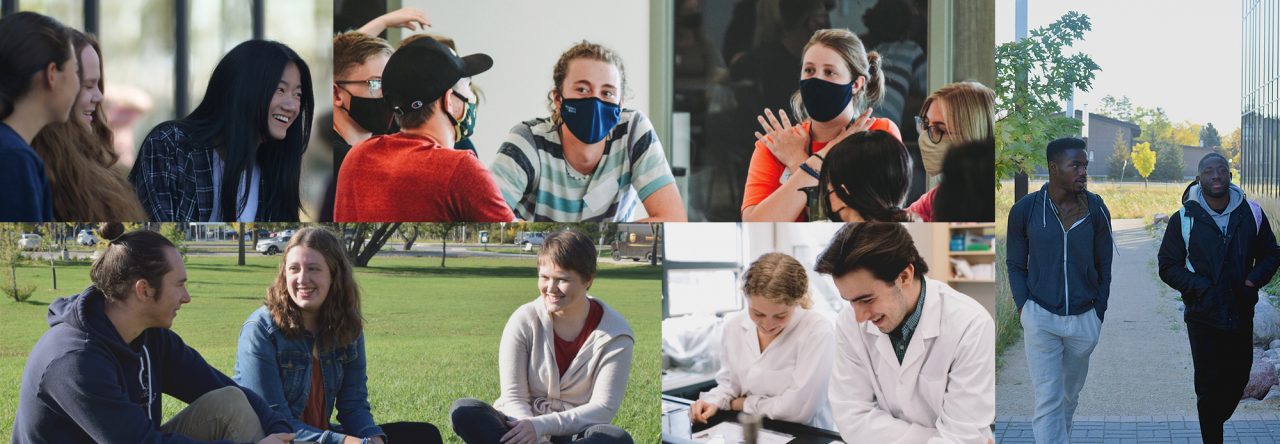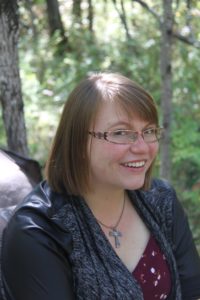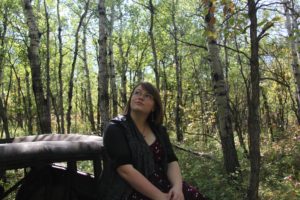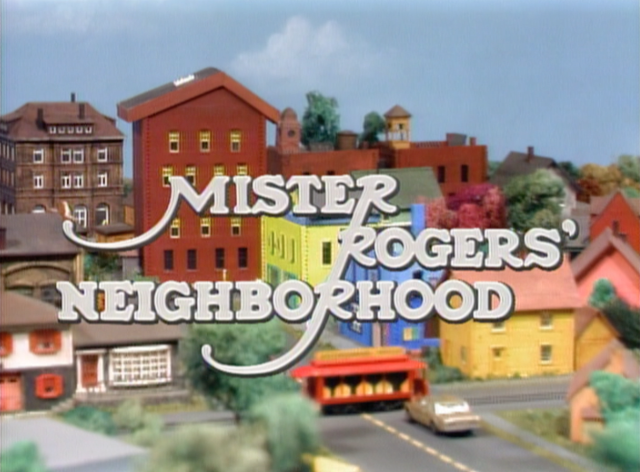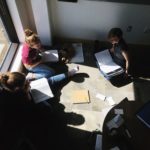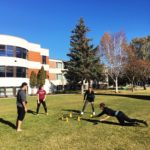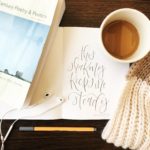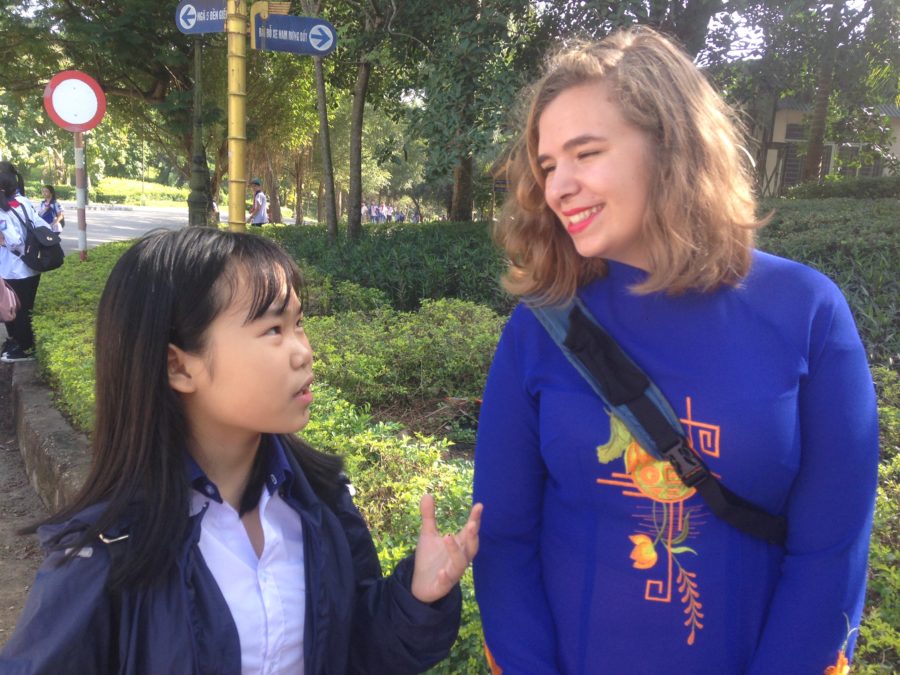
It was day two of orientation for Mennonite Central Committee’s Serving and Learning Together (SALT) program. We were learning about managing our expectations, something that I learned at CMU but still hadn’t fully come to internalize. Looking down at my last remaining goal, I couldn’t help but smile at the seemingly simple, unimpressive, and unimportant goal that I had left— smile at one person a day.
I lived in a studio apartment by myself. It was at the far end of a courtyard inside the school gates of Chuyen Hung Vuong, the school where my SALT friend Eva taught. Every day an old man would do laps around my courtyard. We would occasionally cross paths and I decided that I was going to try to smile at him every day. So when we crossed paths I would look up into his weathered and wise face, give my best Natasha smile, a bit of a head nod, a mumbled “xin chao” (hello) and keep walking. But instead of smiling back at my over-eager face, he would nod his head a bit, and continue biking on. He would do laps for an hour or so and then disappear only to return the next day, where we would do the same thing. I’d smile at him, he’d nod his head and keep pedaling on. This happened day in and day out. Throughout the seasons, my good days and bad days my biker friend (as I have come to call him) would bike, I would smile and we would go our separate ways.
Many times this year I have felt like my biker friend, continuously going in circles, not really getting anywhere or feeling ‘successful’ as I had come to understand that word. I didn’t get a participation mark for every day that I sat in the staff room surrounded by a spoken language that I did not understand. I didn’t get a grade for noticing that the architecture was different, or for how many people would stare at me for a myriad of reasons as I walked down my street. I most definitely did not get a grade for every time that I would reach for something with my chopsticks only for the food to splash in my bowl and stain yet another of my shirts.
This year I have come to see the meaning of success not only through an academic lens, but also through the lens of my biker friend. He showed me that success means showing up and being present. It means becoming part of someone’s fabric, routine, and life. It means acknowledging the anxiety and laughter, the homesickness and joy, the constant embarrassment and grace, and continuing to persevere. It means noticing the unspoken languages of love, courage, and hope amidst the spoken language of Vietnamese.
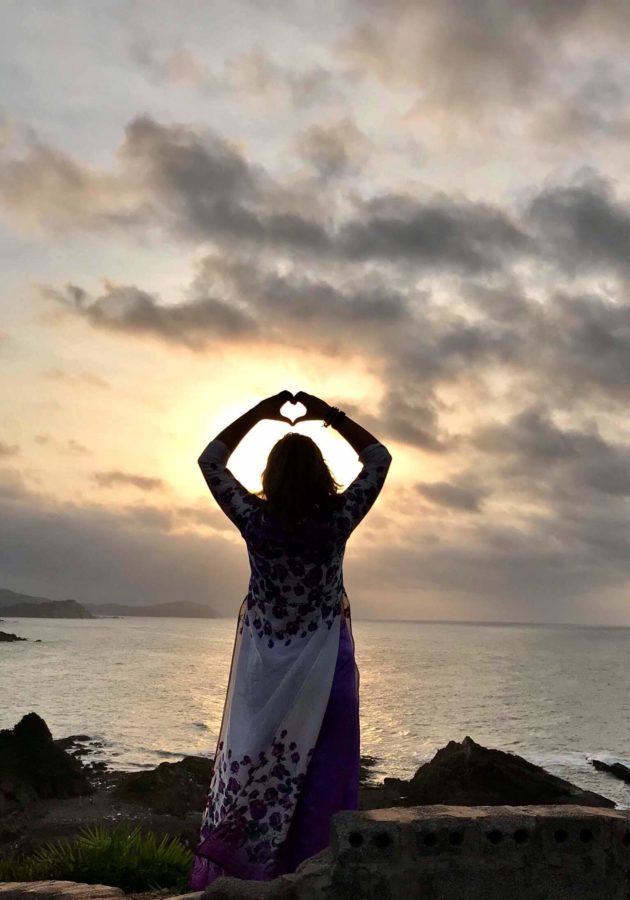
Two weeks before I left Viet Tri, I made my way back to my room bleary eyed, in desperate need of a nap. I had stayed up late lesson planning the day before, not so uncommon to my late nights of studying, and had two hours before I taught again. Through my narrowed eyes I saw my biker friend doing his laps and approaching me. I didn’t want to smile at him. I was tired, and he hadn’t smiled back at me for the last nine months, so I didn’t have much hope that today would be the day. But a goal was a goal, so I opened my eyes wide, gave my best tired Natasha smile, and was shocked when instead of seeing a weathered face, I saw eyes that twinkled, lips that twitched into a smile, and a hand that was raised and waving at me.
Like my time at CMU, this past year has given me another perspective and lens through which to look at the world. I have come to act on the lessons that I learned through classes, conversations and friends. I have come to learn that the biggest challenge we face wherever we are is to show up, be present, and to keep smiling every day.

